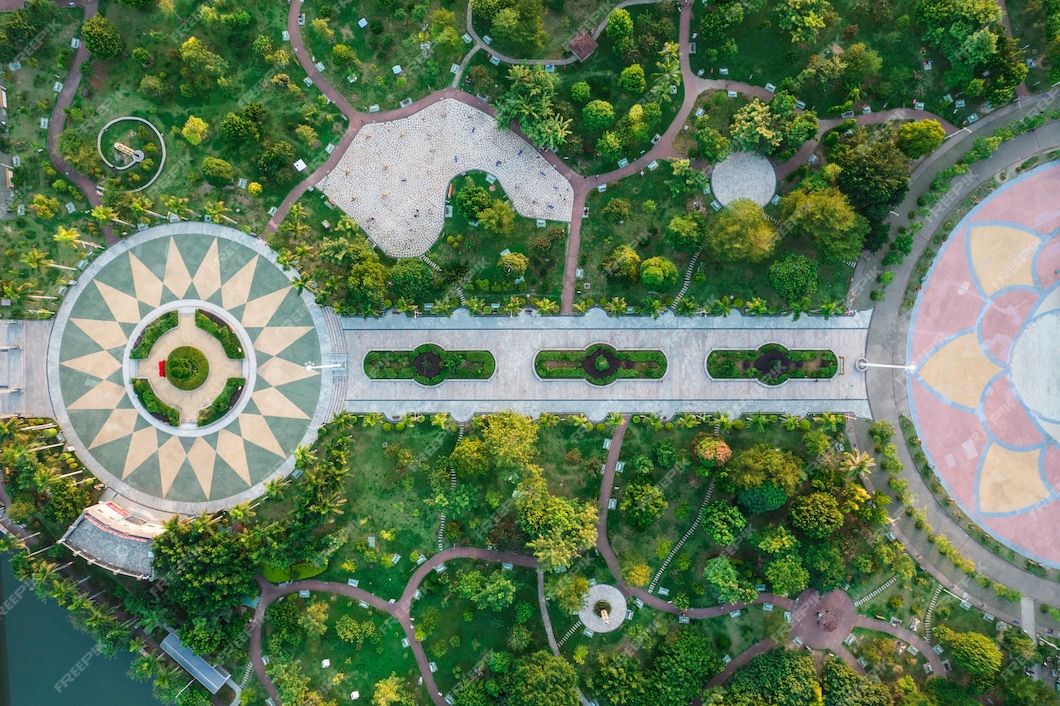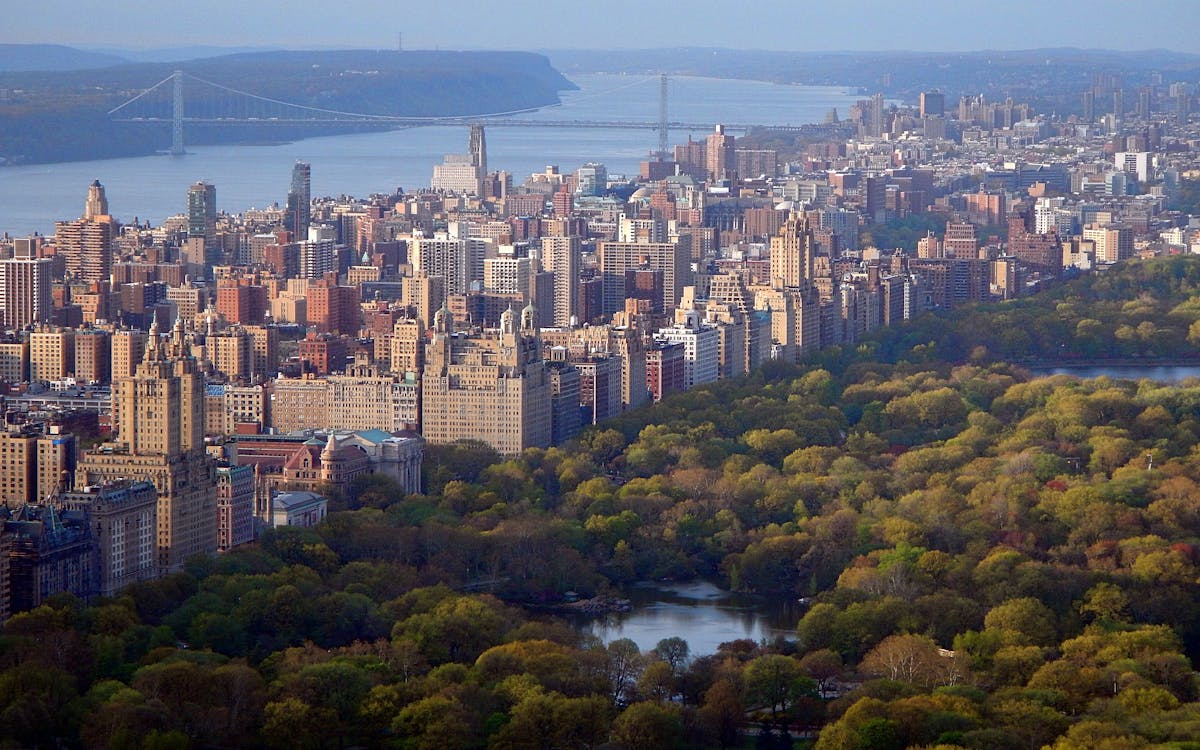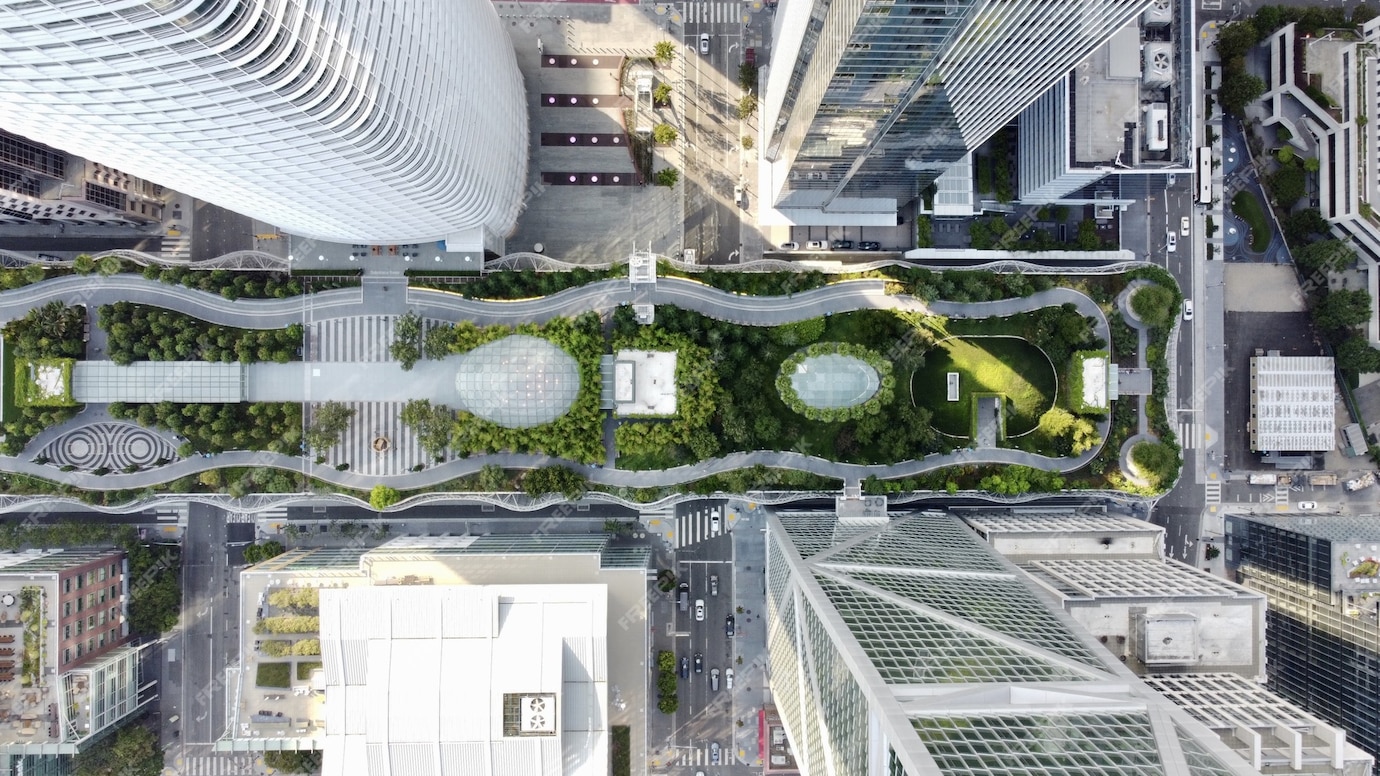
Landscape Architecture: Careers, Jobs, and Salary Explained

What is Landscape Architecture
Landscape Architecture is the study and practice of designing environments both in outdoors & indoors each of varying scales that encompasses the elements of art, environment, architecture, engineering, and sociology. It is a profession that is quite often misunderstood by many as gardening or designing of parks or planting design but in reality it adds great value to the society through their design interventions (Holmes, 2022). In totality, Landscape architecture is a discipline that focuses on intervention through the activities of planning, design, and management. Landscape architecture is concerned with landscapes of all types both urban and rural, and at all scales from the smallest open space to the whole region (An Introduction to Landscape Architecture).

UDL Thesis Publication | 2023
Curating the best Graduate Thesis Projects Globally!
Register Now | Submit Later
Landscape architects have a holistic approach to design and closely work with allied professions such as Architects, Civil engineers, Surveyors, etc. to prepare a proposal. They also collaborate with environmental scientists, ecologists, hydrologists and other professionals to find the best way to conserve or restore natural resources. Landscape architects create detailed plans indicating new topography, vegetation, walkways, and other landscaping details, storm-water drainage. They then analyse the natural elements of the site, such as the climate, soil, slope of the land, drainage, and vegetation. At all stages, they evaluate the project’s impact on the local ecosystem (Sharma, 2021).

Typical Employers of Landscape Architects:
In the professional field, landscape architects can find employment in various sectors, including:
Landscape Consultancy Firms: These firms specialize in providing expert advice and design services for landscape projects, offering opportunities for landscape architects to contribute their skills and expertise.
Construction and Engineering Consultancies: Landscape architects may work alongside construction and engineering professionals to ensure that the outdoor spaces of built environments are aesthetically pleasing, functional, and environmentally sustainable.
Real Estate Agencies: Real estate agencies often employ landscape architects to enhance the visual appeal and market value of properties through strategic landscaping and outdoor design.
Local and Central Government Authorities: Landscape architects play a crucial role in government organizations at both local and central levels. They contribute to urban planning, parks and recreation management, environmental conservation, and other public projects.

In the academic field, landscape architects may explore opportunities in the following areas:
Research Scholar: Landscape architects can engage in research activities, conducting studies and investigations related to various aspects of landscape architecture. They may work independently or as part of academic institutions or research organizations.
Private Institutions: Private educational institutions and organizations often employ landscape architects to teach and mentor aspiring professionals, sharing their expertise and practical knowledge with students.
State and Central Government Organizations: Landscape architects can contribute to government agencies and organizations involved in policy development, research, and implementation of landscape-related initiatives at a state or national level.

UDL Thesis Publication | 2023
Curating the best Graduate Thesis Projects Globally!
Register Now | Submit Later
Duties and Responsibilities of Landscape Architects
Landscape architects play an important role in designing and creating outdoor spaces that meet the needs of individuals and communities while also promoting environmental sustainability. The duties and responsibilities of a landscape architect can vary depending on the specific project and scope of work, but generally include the following:
- Site Analysis and Planning
- Design Development
- Construction Documentation
- Project Management
- Environmental Sustainability
- Management and Maintenance
- Communicating with clients, stakeholders and other professionals involved with the project (Landscape Architect)

Types of Landscape Architects
Landscape architecture is a diverse field, and there are several types of landscape architects who specialize in different areas. Here are some of the main types of landscape architects and what they do:
- Residential Landscape Architects: These professionals focus on designing outdoor spaces for single-family homes and other residential properties. They may work on projects such as gardens, patios, decks, swimming pools, and outdoor kitchens.
- Commercial Landscape Architects: Commercial landscape architects design outdoor spaces for commercial properties such as office buildings, shopping centers, and public parks. They may work on projects such as streetscapes, urban plazas, and green roofs.
- Environmental Landscape Architects: These professionals specialize in designing landscapes that are environmentally sustainable and promote biodiversity. They may work on projects such as wetlands restoration, wildlife corridors, and green infrastructure.
- Urban Landscape Architects: Urban landscape architects focus on designing outdoor spaces in densely populated urban areas. They may work on projects such as public parks, urban plazas, and streetscapes.
- Academic Landscape Architects: Academic landscape architects work in colleges and universities, teaching landscape architecture and conducting research on topics such as urban design, ecological restoration, and sustainable development.
- Historic Landscape Architects: These professionals specialize in the preservation and restoration of historic landscapes, such as public gardens, parks, and cemeteries. They may work on projects such as the restoration of historic fountains, the revitalization of historic gardens, and the preservation of heritage trees (Landscape Architect).

UDL Thesis Publication | 2023
Curating the best Graduate Thesis Projects Globally!
Register Now | Submit Later
Steps to becoming a Landscape Architect
Becoming a landscape architect involves a series of key steps to establish a solid foundation in the field. Here are the typical steps to follow:
- Complete a Bachelor’s Degree: Begin by obtaining a bachelor’s degree in either Architecture or Landscape Architecture. This educational foundation provides essential knowledge and skills in the field.
- Pursue an Internship: Gain practical experience by pursuing an internship with a landscape architecture firm or related organization. This hands-on training allows you to apply classroom knowledge to real-world projects and develop industry-specific skills.
- Obtain a License: Depending on your location, acquiring a license may be required to practice as a landscape architect. In India, for example, obtaining a COA (Council of Architecture) registered license is necessary. Familiarize yourself with the licensing requirements in your region and fulfill them accordingly.
- Obtain a Master’s Degree: Consider pursuing a Master’s degree in Landscape Architecture from a reputable college or university. This advanced degree offers specialized knowledge, research opportunities, and a chance to refine your design and planning skills.
- Join a Professional Organization: Joining a professional organization, such as the Indian Society of Landscape Architects (ISOLA) or relevant regional associations, can provide networking opportunities, access to resources, and professional development support. Being part of such organizations can help you stay updated with the latest industry trends and connect with fellow professionals.
UDL Thesis Publication | 2023
Curating the best Graduate Thesis Projects Globally!
Register Now | Submit Later
The Role of Landscape Architects in Modern Society

Landscape architects play a crucial role in shaping the environment we inhabit today. With careful planning, design, and management of open spaces, both natural and built, they create innovative and visually pleasing environments for people to enjoy. Their work encompasses a wide range of projects, spanning from parks, gardens, and housing estates to city centers, sports facilities, and land improvement.
The role of landscape architects extends beyond mere beautification. They are responsible for crafting the very essence of a space, establishing the atmosphere of development, and enhancing the quality of the built environment. Landscape architects excel in the conceptual design of spaces, fostering the vital interplay between buildings. Their involvement is visible in various settings, including streets, roads, shared paths, residential areas, shopping malls, squares, gardens, parks, playgrounds, cemeteries, memorials, museums, schools, universities, transportation networks, regional and national parks, forests, waterways, and throughout towns, cities, and countries.
In addition to site design, landscape architects often undertake broader roles, creating master plans, frameworks, and policies that shape the character and future of places and cities. By doing so, they enable both citizens and government bodies to collaboratively create better, more inclusive environments for everyone. Their expertise contributes to the sustainable development and enhancement of our surroundings, making a profound impact on the well-being and quality of life for individuals and communities alike.
A Comprehensive Guide
Post-Thesis Opportunities & Resources
FREE E-BOOK
Ankur Jyoti Dutta is a landscape architect and academic who completed his master’s degree in landscape architecture from the School of Planning and Architecture, New Delhi in 2021. He has 3.5 years of experience in both industrial and academic fields, focusing on concepts of nature and culture in the Anthropocene, Cultural Landscapes and their social dimensions, Urban Ecology, Urban Regeneration, Landscape Urbanism, Ecological Urbanism, idea of Sustainability and Energy Efficient Landscapes. He has published articles on Efficient Landscape Design Practices for Universities, Wetlands for Ecological Development in Current Urban Areas, and Threats to Urban Landscape Resources. He currently works as an Assistant Professor (Contract) at the Department of Landscape Architecture at the School of Planning and Architecture, New Delhi.
Related articles


Architecture Professional Degree Delisting: Explained

Periodic Table for Urban Design and Planning Elements


History of Urban Planning in India

Top 7 Landscape Architecture Firms in Brazil You Should Know
UDL Illustrator
Masterclass
Visualising Urban and Architecture Diagrams
Session Dates
17th-18th January 2026

Urban Design Lab
Be the part of our Network
Stay updated on workshops, design tools, and calls for collaboration
Curating the best graduate thesis project globally!

Free E-Book
From thesis to Portfolio
A Guide to Convert Academic Work into a Professional Portfolio”
Recent Posts
- Article Posted:
- Article Posted:
- Article Posted:
- Article Posted:
- Article Posted:
- Article Posted:
- Article Posted:
- Article Posted:
- Article Posted:
- Article Posted:
- Article Posted:
- Article Posted:
- Article Posted:
Sign up for our Newsletter
“Let’s explore the new avenues of Urban environment together “












































